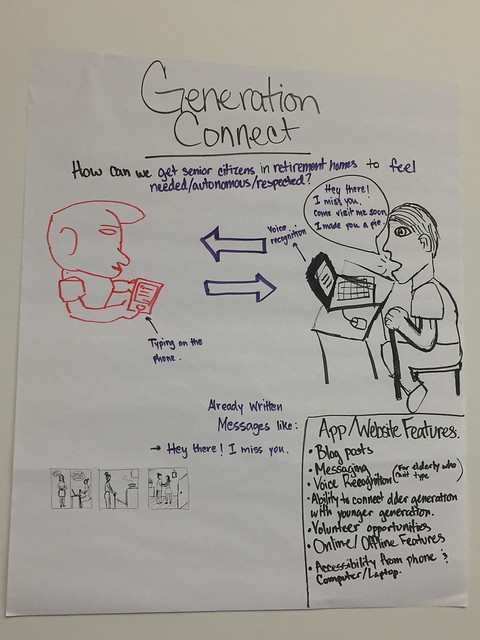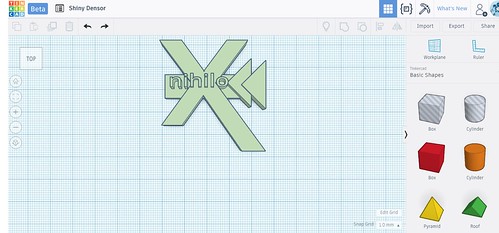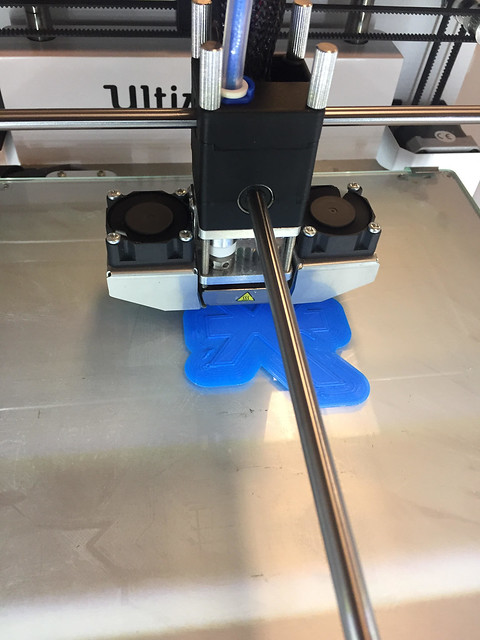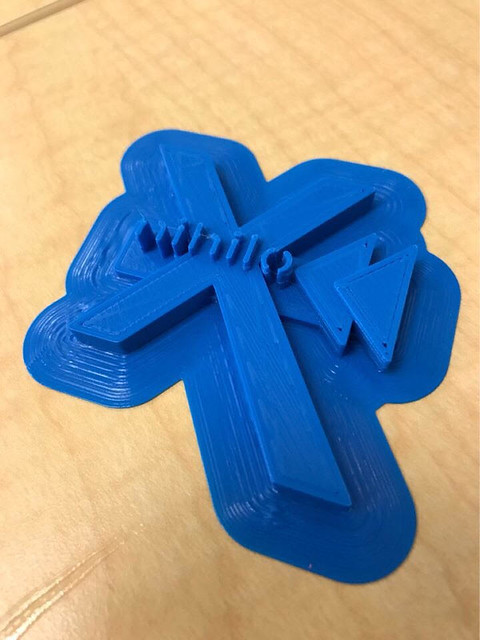Throughout my entire life, I never considered myself an artistic person. As a child, I did go through a phase where I would try to draw many book covers. However, I quickly realized I wasn’t any good. To this day, I have trouble with creating any sort of artistic design. Example A, our team’s logo.
I have friends who I can call and tell them what I what, and they can come up with multiple mock-ups within a short period of time. During this past week’s class session, Design for America came to give us a workshop in design thinking and help us solve real world problems. I think my favorite part of the workshop was the exercises they had for us to get us thinking creatively. In addition, this workshop made me realize the importance of having a diverse group of members. With a diverse group of members, we can all bring different ideas to the table, which can then be combined to solve the problem, which is exactly what happen when we were brainstorming ideas for how to help people with Parkinson’s disease.
Design thinking is a strategy-making process that examines human behavior in order to avoid collecting backward looking data and making risky bets on instinct, rather than evidence. In the article Design Thinking by Tim Brown, gives a great example of thinking outside the box. Shimano, a Japanese cycling company, hired IDEO, a design and consulting firm, to help them penetrate a market they haven’t been able to reach. They realized that this market consisted of people who enjoyed riding bikes during their teenage years but have now stopped because of high cost, dangerous roads, and intimidation. With IDEO’s help, Shimano was able to produce a coasting bike, a bike that took the complexity of a road bike and allowed users to just hop on and ride.
Overall, I’m looking forward to learning Fusion tomorrow. I have not worked with Fusion 360, however, I do have experience with Inventor. From the quick research I just did, there are many things in common. I hope that my experience with Inventor helps me learn Fusion 360 faster.
Interesting 3D Printing Articles
India’s first 3D Indigenous Jet Engine
I’m excited to see how 3D printing will revolutionize the aviation industry. The article states that by 3D printing the jet engine, it has saved them nearly 40% of the cost and about 10 months in preparing and assembly the jet engine. Not sure if those 10 months are accounted for in the savings but if they aren’t that means they are saving even more money! Click here to read more about this indigenous jet engine.
Bioprinting
I know someone in our Facebook page shared a video of a 3D skin printer but I wanted to share this article that explains in detail how that works. I personally believe that 3D printing will take off again because of the application of a 3D printer in the medical field. In my first reflection post, I talked about a Mexican startup company that is 3D printing personalized “breathable” cast. I just believe there is much more potential in the medical field because of the impact it can have on many lives.












